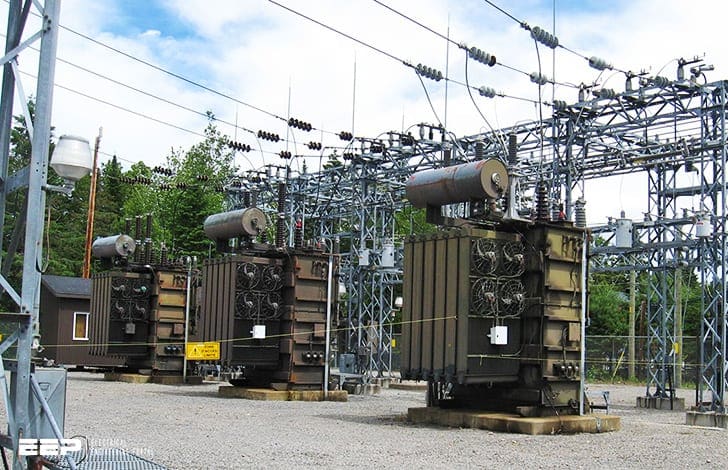What is the impulsive noise?
The phenomenon of impulsive noise is generated by partial discharge (PD) sources in high voltage substations. A PD generates a current impulse, acoustic noise, visible and ultraviolet (UV) light and electromagnetic radiation, and accordingly its presence can be detected via several measurement methods.

In this article, PD measurement methods are based on the detection of electromagnetic radiations. These PD instrument detectors have the advantage to be non-invasive measurement methods for the high-voltage (HV) equipment as well as one can assess impulsive electromagnetic interference (EMI) threats to wireless communication systems.
This specific radio noise is a source of interference for the radio communication systems.
Electromagnetic radiations from PD activity have been measured in several substations. However, the measurement setup employed does not cover the frequency range used by conventional wireless communications, and so the impulsive noise characterization is often incomplete.
Inspired by related works in PD current measurements and characterization, a characterization process is developed in which the impulsive electromagnetic radiations from PD activity are fully characterized by the amplitude of the power density, inter-arrival time, occurrence and spectrum.










